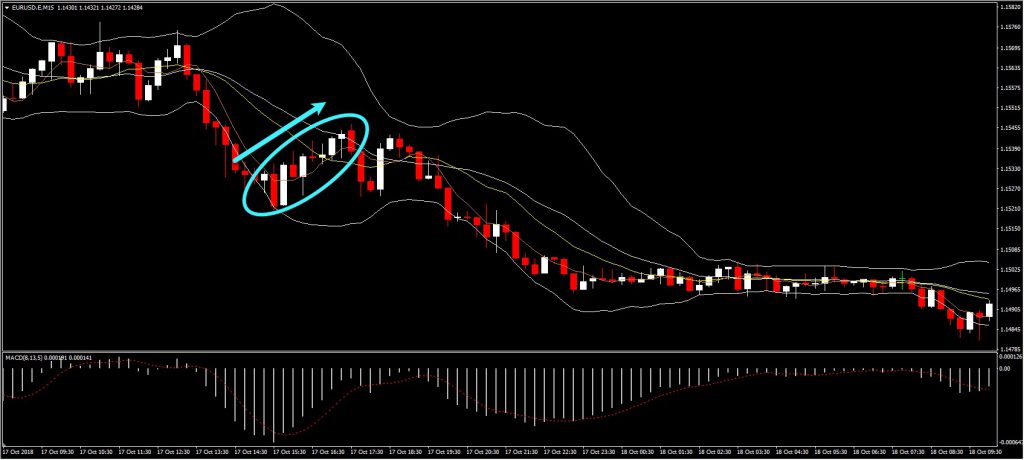Following the 2008 global financial crisis, stemming mostly from developments in the real estate sector, analysts’ and investors’ interest in the housing market grew. The state of the housing market is an important gauge of the overall state of the economy, given that houses are the foremost durable good investment, a type of investment which has been known to increase as income rises.
Nonetheless, there is also a disconnection between housing prices and the economy, given that housing prices may increase substantially because of already made decisions, and despite a slowing in the economy’s growth rate. In essence, housing decisions by households could, to an extent, be irrelevant to the market state and hence the housing market may be sluggish to show signs of deceleration or acceleration after the end of a boom or recession period. Consequently, a weakness in the housing market can be interpreted as a deterioration in the overall market outlook, especially if this persists.
In the US, three types of indices related to housing exist. The most important one is the Case-Shiller index, named after its creators, which illustrates how housing prices are moving in an average of 10 cities. The index provides the best approximation of the housing market, as it allows for a direct observation of how house price inflation is faring, which can be also directly contrasted with the overall inflation rate.
The impact of the index can be viewed in the EURUSD pair (at the top of this post) as well as in the USA500 index which increased and decreased by 100 pips and 1.3% respectively on the announcement that the index came out at 5.5% in August, compared to expectations of 5.8%. However, the Case-Shiller comes out with a significant lag of about two months (the September index is due on November 27) and thus investors and traders need indices with a higher frequency.
To this end, most investors employ Housing Starts and Building Permits as a proxy for economic and housing activity. The idea is that the more houses that are built the more demand there must be for building them as real estate developers would not begin construction if they did not see demand or an increase in prices. In addition, people who build houses for their own use would not push this through if they believed the economy could worsen and they would be left without a job. Naturally, the supply side of housing has been wrong before (e.g. during the financial crisis) but this works relatively well most of the time.
Take, for example, the latest release on October 17. Building permits and housing starts came out worse than expected, forcing the Dollar to drop for a correction which lasted for more than two hours, despite the fact that the numbers were still quite positive. Overall, the correction led to a 200 pip drop of the Dollar, which is translated as a $2000 gain or loss in a standard lot. In essence, the magnitude of the currency change is equal to how the NFPs usually affect the market in the first few minutes after the announcement. The stock market, on the other hand, posed no significant changes.
Click here to access the HotForex Economic Calendar
Dr Nektarios Michail
Market Analyst
HotForex
Disclaimer: This material is provided as a general marketing communication for information purposes only and does not constitute an independent investment research. Nothing in this communication contains, or should be considered as containing, an investment advice or an investment recommendation or a solicitation for the purpose of buying or selling of any financial instrument. All information provided is gathered from reputable sources and any information containing an indication of past performance is not a guarantee or reliable indicator of future performance. Users acknowledge that any investment in FX and CFDs products is characterized by a certain degree of uncertainty and that any investment of this nature involves a high level of risk for which the users are solely responsible and liable. We assume no liability for any loss arising from any investment made based on the information provided in this communication. This communication must not be reproduced or further distributed without our prior written permission.





















